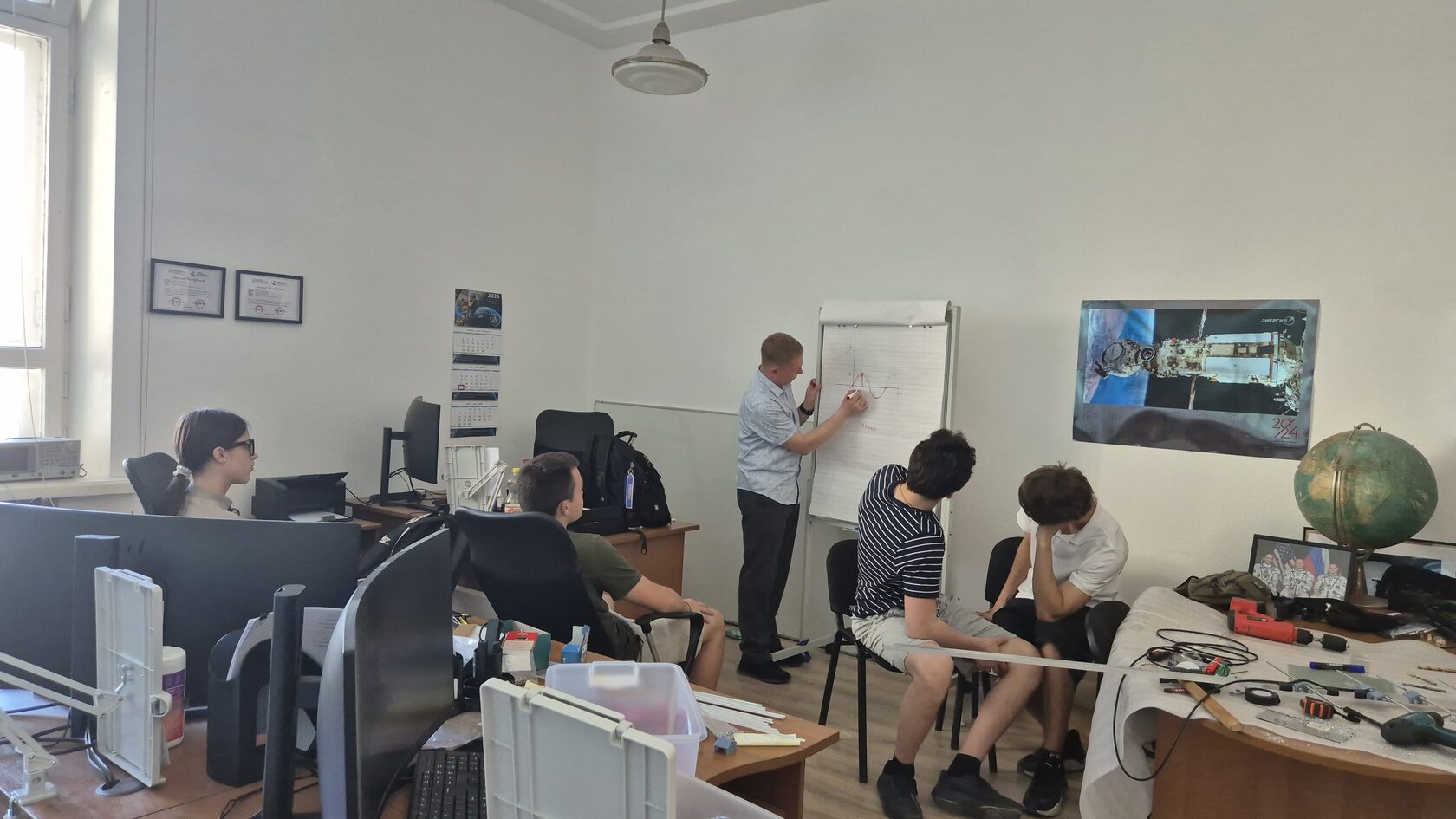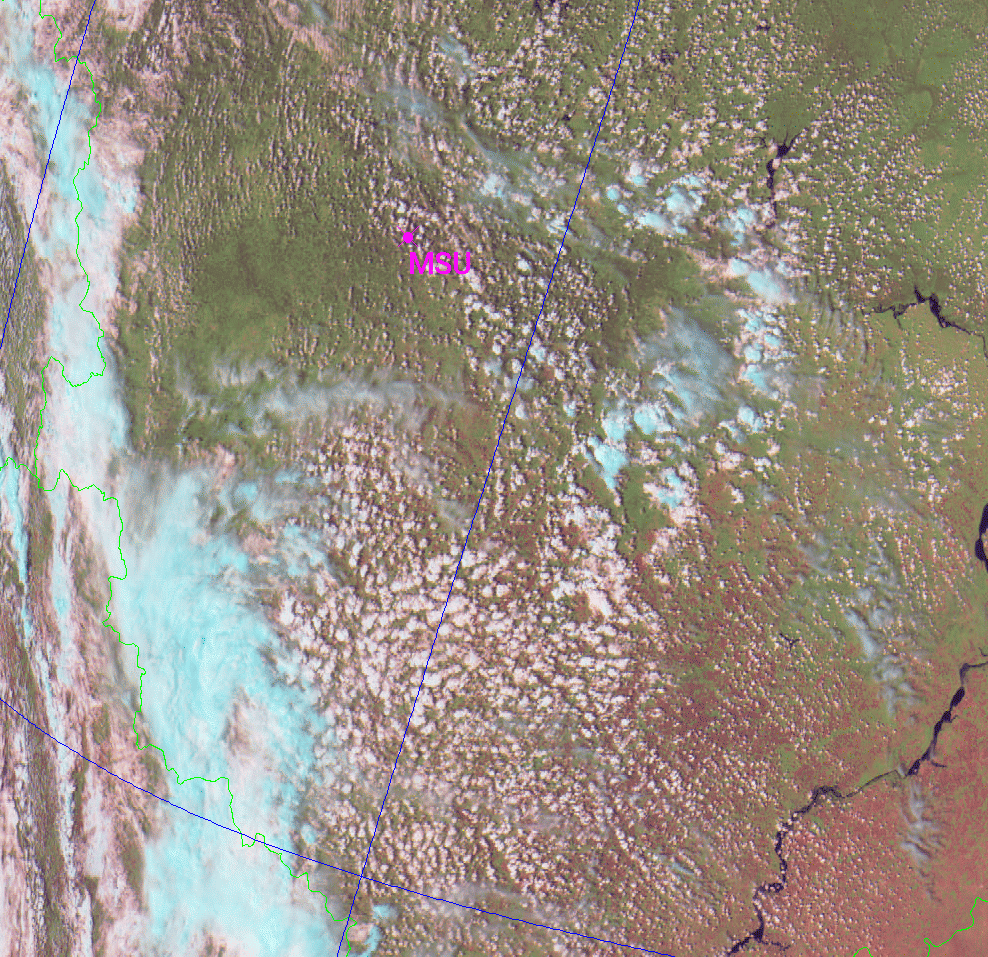Moscow, 6 June 2025 — Today marked the finale of a summer internship for high school students at Lomonosov Moscow State University. Young researchers presented cutting-edge space technology projects and received diplomas from the Skobeltsyn Institute of Nuclear Physics and the Faculty of Space Research at Lomonosov State University, capping weeks of hands-on work with real satellite systems.

Mission Control: Student Achievements
Under the guidance Rad-lab SINP MSU scientists Georgy Antonyuk and Dmitry Pashkov, teams delivered extraordinary results:
Under the guidance Rad-lab SINP MSU scientists Georgy Antonyuk and Dmitry Pashkov, teams delivered extraordinary results:
- 📡 Built 2 multi-band antennas for satellite communication,
- 🌤️ Captured live weather images from Meteor-M2-3, Meteor-M2-4, NOAA-18, and NOAA-19,
- ⚡ Decoded scientific data from Monitor-4’s DEKOR instrument via custom software,
- 🛰️ Executed live command sessions for Monitor-3 and Monitor-4 satellites.

Meanwhile, teams led by Vitaly Bogomolov, Andrey Bogomolov, and Irina Myagkova (SINP MSU):
- 📊 Developed software to process DEKOR space experiment data,
- 🔭 Analyzed multi-day datasets from Avion and ArcticSat satellites.

The faculty of cosmic research at MSU cohort revolutionized ground systems:
- 🌀 Engineered a 3D-printed rotary antenna mount (gears designed entirely by students!),
- 💻 Coded control algorithms for precise satellite tracking.

Behind the Scenes of Space Science
Interns toured critical facilities:
"This isn’t just an internship — it’s a launchpad! The scale of work — from antennas to accelerators — left us all speechless. Students didn’t just learn space tech; they lived it," shared an elated school coordinator.
Interns toured critical facilities:
- Small Satellite Mission Control Center at SINP MSU
- Space Weather Monitoring Lab and Cosmic Ray Museum at SINP MSU,
- MSU’s Particle Accelerator Complex — witnessing proton beams in action.
"This isn’t just an internship — it’s a launchpad! The scale of work — from antennas to accelerators — left us all speechless. Students didn’t just learn space tech; they lived it," shared an elated school coordinator.

Image credit: Meteor-M2-4 weather satellite data received and processed by student teams.
These teens operated real satellite networks, wrote flight-grade code, and touched cosmic frontiers — proving that Russia’s next generation of space engineers is already in orbit.
These teens operated real satellite networks, wrote flight-grade code, and touched cosmic frontiers — proving that Russia’s next generation of space engineers is already in orbit.

